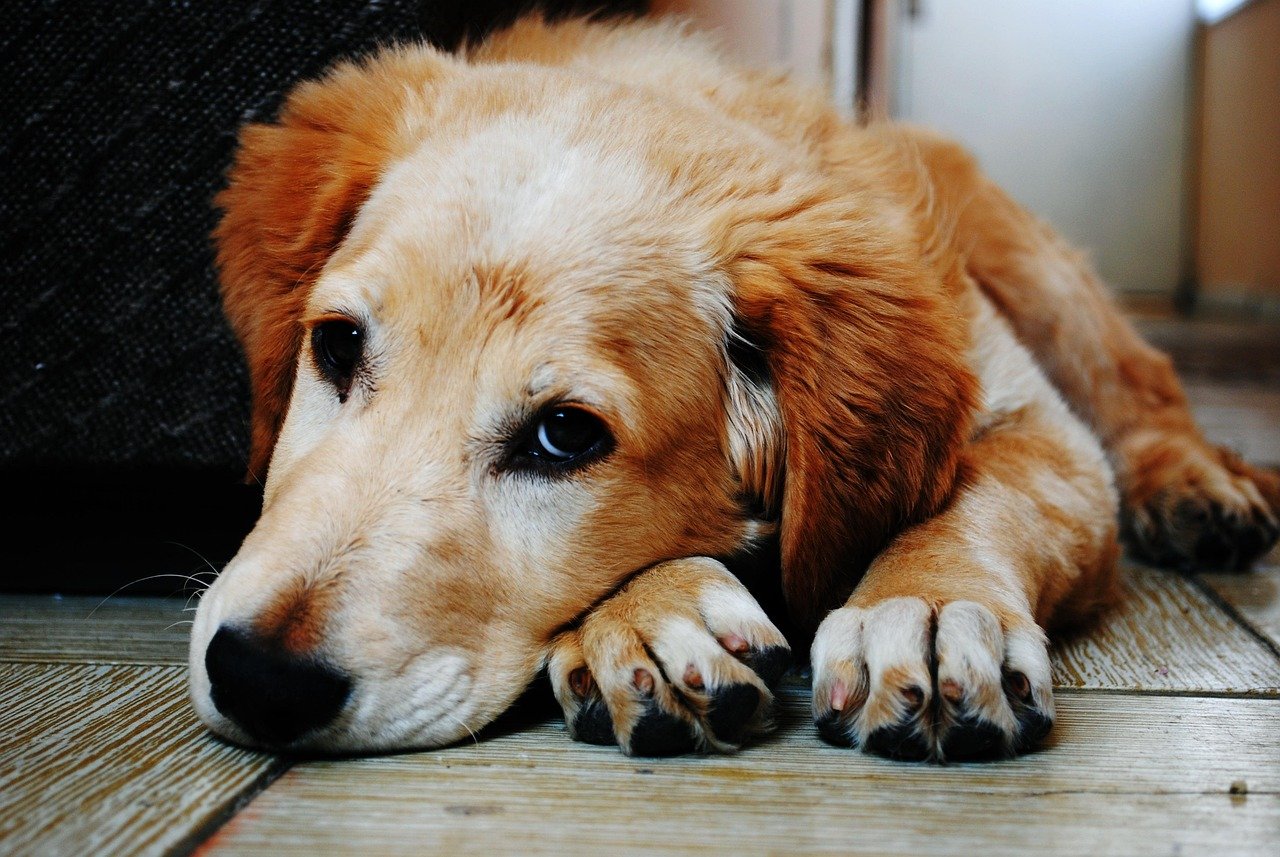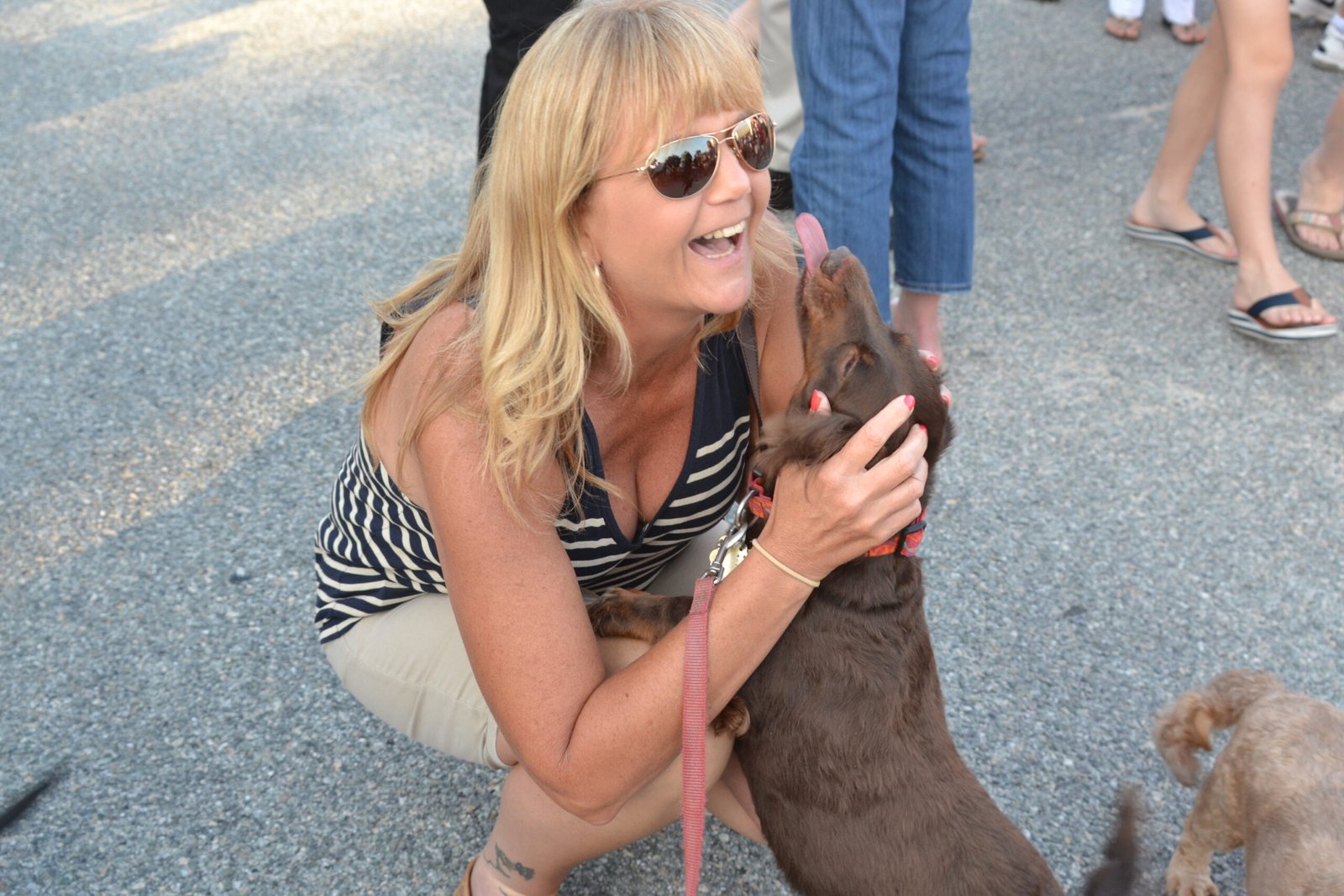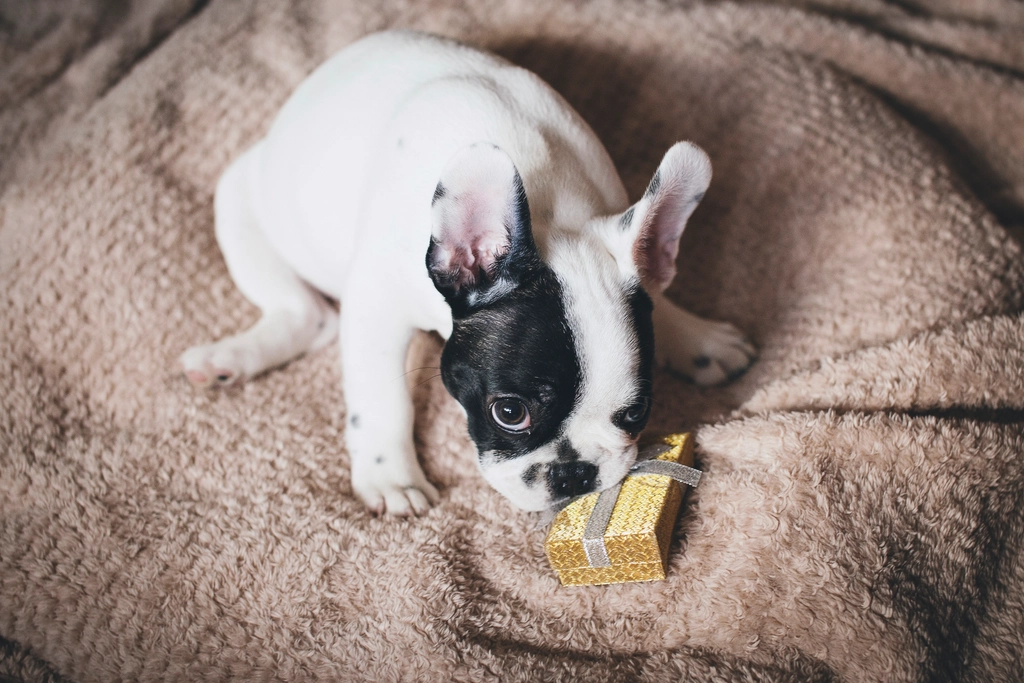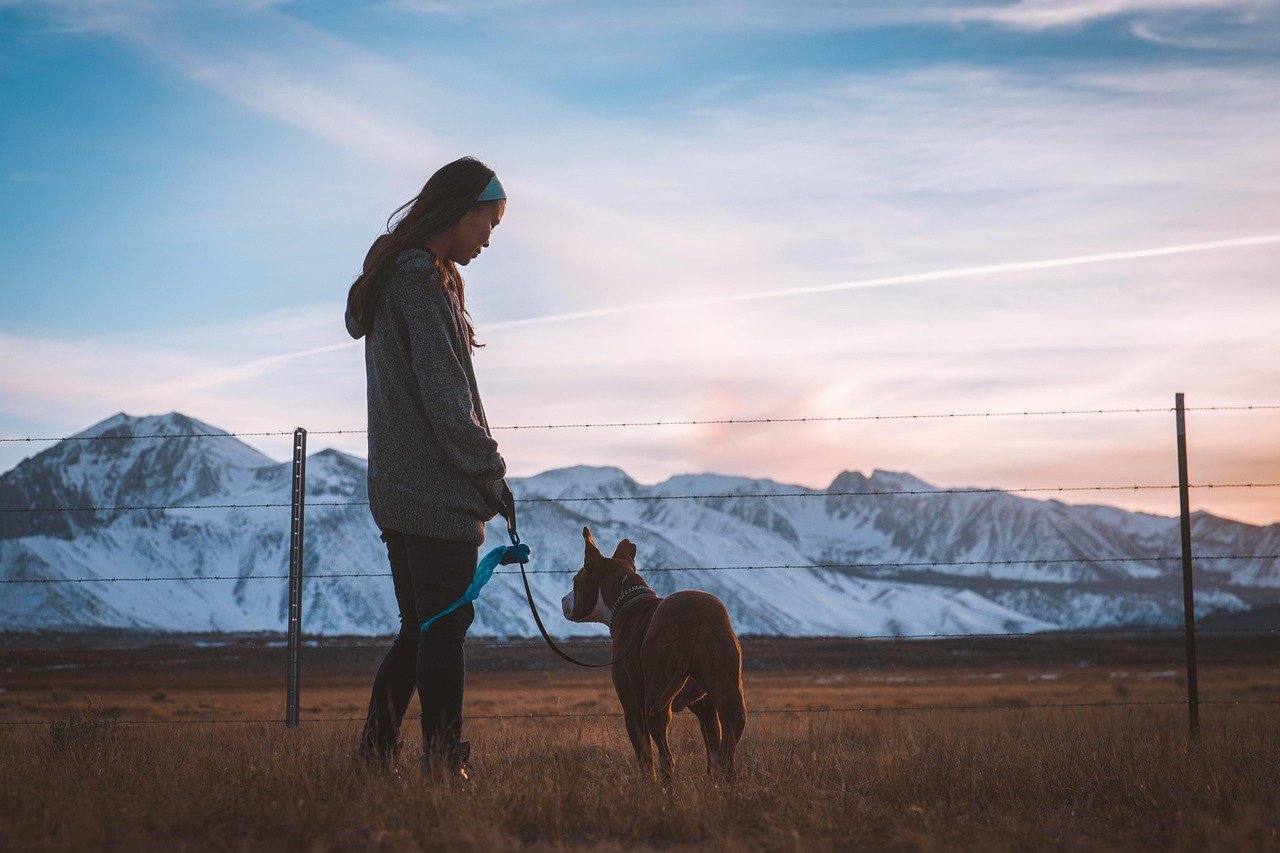Have you ever looked into your dog’s eyes after a chewed shoe disaster or a toppled trash can and just known they were sorry? It’s almost as if they’re trying to say, “Please forgive me!” Dogs have a surprisingly rich emotional world and, believe it or not, they have their own heartfelt ways of saying sorry. Their apologies might not involve words, but the messages are loud and clear for those willing to pay attention. Let’s dive into the fascinating world of canine remorse and discover the ten most touching ways dogs apologize when they know they’ve upset their favorite humans.
Lowered Head and Sad Eyes

One of the most recognizable ways dogs show guilt or apologize is by lowering their head, often accompanied by those big, sorrowful eyes. It’s almost impossible not to melt when you see your pup looking up at you with a face full of regret. The lowered head is a sign of submission, a way for dogs to show that they understand they’ve done something wrong. Those sad eyes aren’t just for show—they’re a powerful tool to tug at your heartstrings. In fact, studies have shown that dogs have evolved to use eye contact with humans as a means of communication. When your dog gives you that look, it’s their way of saying, “I know I messed up, and I’m really sorry.” Sometimes, they’ll even avoid direct eye contact, adding to their air of apology and humility.
Tail Tucked Between the Legs

A dog’s tail is like a mood barometer, and when it’s tucked tightly between their legs, you know they’re feeling submissive or apologetic. This classic signal is often paired with slouched posture and careful movements, as if they’re trying not to make things any worse. The tail-tuck isn’t just a random gesture—it’s an instinctive behavior that dates back to their wild ancestors, who used it to show submission and avoid conflict within the pack. When your dog tucks their tail after being scolded, it’s their way of saying, “I get it, I’m sorry, please don’t be mad.” This visual apology is hard to miss and speaks volumes about their desire to make amends.
Submissive Body Language
Beyond just the tail and eyes, dogs use their whole bodies to apologize. You might notice your dog crouching low to the ground, moving slowly, or rolling over to expose their belly. These gestures are classic signs of submission and vulnerability. By making themselves appear smaller, they’re showing respect and acknowledging your authority. It’s like their canine version of saying, “I surrender!” or “I didn’t mean to upset you.” These movements are deeply ingrained in dog behavior and can be traced back to how they would interact with other dogs in a pack. When your dog offers up their belly or keeps their body low, it’s a heartfelt apology in action.
Licking Your Hand or Face

There’s something disarmingly sweet about a dog gently licking your hand or face after they’ve gotten into trouble. This behavior is rooted in puppyhood—puppies lick their mothers as a sign of affection and submission. When your adult dog does this, they’re not just trying to butter you up; they’re genuinely expressing remorse and a desire to reconnect. Licking is also a calming signal, a way for dogs to reduce tension and restore peace. So, the next time your dog gives you a few apologetic licks, know that it’s their way of saying, “Let’s be friends again.”
Bringing You a “Gift”

Some dogs, in an act of apology, will bring you one of their favorite toys, a stick from the yard, or even the remote control you were just searching for. This gesture might seem odd, but in the dog world, offering something valuable is a peace offering. It’s as if they’re saying, “I messed up, but look—here’s something special for you!” This behavior shows both remorse and a wish to please you, hoping that their gift will help restore your good mood. Even if the offering is a bit slobbery or unexpected, it’s a genuine attempt to make things right in their own doggy way.
Following You Closely

If your dog seems to shadow your every move after being scolded, it’s not just coincidence—they’re trying to apologize. Sticking close, sometimes even pressing their body against you, is their way of seeking forgiveness and reassurance. This behavior is especially common in sensitive dogs who thrive on their owner’s approval. When they follow you from room to room, they’re essentially saying, “I want to make it up to you. Can we be okay now?” It’s hard to stay upset when your loyal friend is so determined to be by your side.
Pawing at You Gently

A gentle paw on your leg or arm can feel like your dog is reaching out to say, “I’m sorry.” This behavior is both adorable and incredibly touching. Dogs use their paws to get attention, but when it’s paired with a soft expression and a lowered posture, it’s a sincere apology. It’s their version of a heartfelt tap on the shoulder, hoping for a sign that all is forgiven. Over time, many dog owners come to recognize this as one of the sweetest ways their pets try to smooth things over.
Whining or Whimpering
Sometimes, dogs express their remorse through sounds. A soft whine or whimper can be a dog’s way of saying they’re upset that you’re upset. These vocalizations are usually quieter and less urgent than their normal barks or yips, indicating emotional vulnerability. It’s as if they’re trying to talk to you, pleading for forgiveness. This is especially common in breeds known for their sensitivity and strong attachment to their humans. The next time you hear those gentle whimpers, imagine your dog saying, “I didn’t mean to hurt your feelings.”
Trying to Make You Laugh
Believe it or not, some dogs will go out of their way to lift your spirits after they sense you’re upset. They might perform their favorite tricks, zoom around the living room, or make silly faces—all in an effort to make you smile. It’s almost as if they know that laughter is the best medicine and are determined to cheer you up. This playful approach is a unique way some dogs say sorry, blending apology with a dash of humor. Their antics serve as a reminder that even in moments of frustration, joy is never far away with a dog by your side.
Cuddling Up Close
There’s nothing quite like the warmth of a dog snuggling up to you after a mishap. When they lean against you, rest their head on your lap, or curl up at your feet, they’re offering comfort and seeking closeness. This physical contact is a powerful, nonverbal way of saying, “I want things to be good between us.” For many dog lovers, these cuddles are the ultimate apology—soft, sincere, and impossible to resist. Even after the most frustrating accidents, a good cuddle session can make everything feel right again.

Andrew Alpin from India is the Brand Manager of Doggo digest. Andrew is an experienced content specialist and social media manager with a passion for writing. His forte includes health and wellness, Travel, Animals, and Nature. A nature nomad, Andrew is obsessed with mountains and loves high-altitude trekking. He has been on several Himalayan treks in India including the Everest Base Camp in Nepal.






